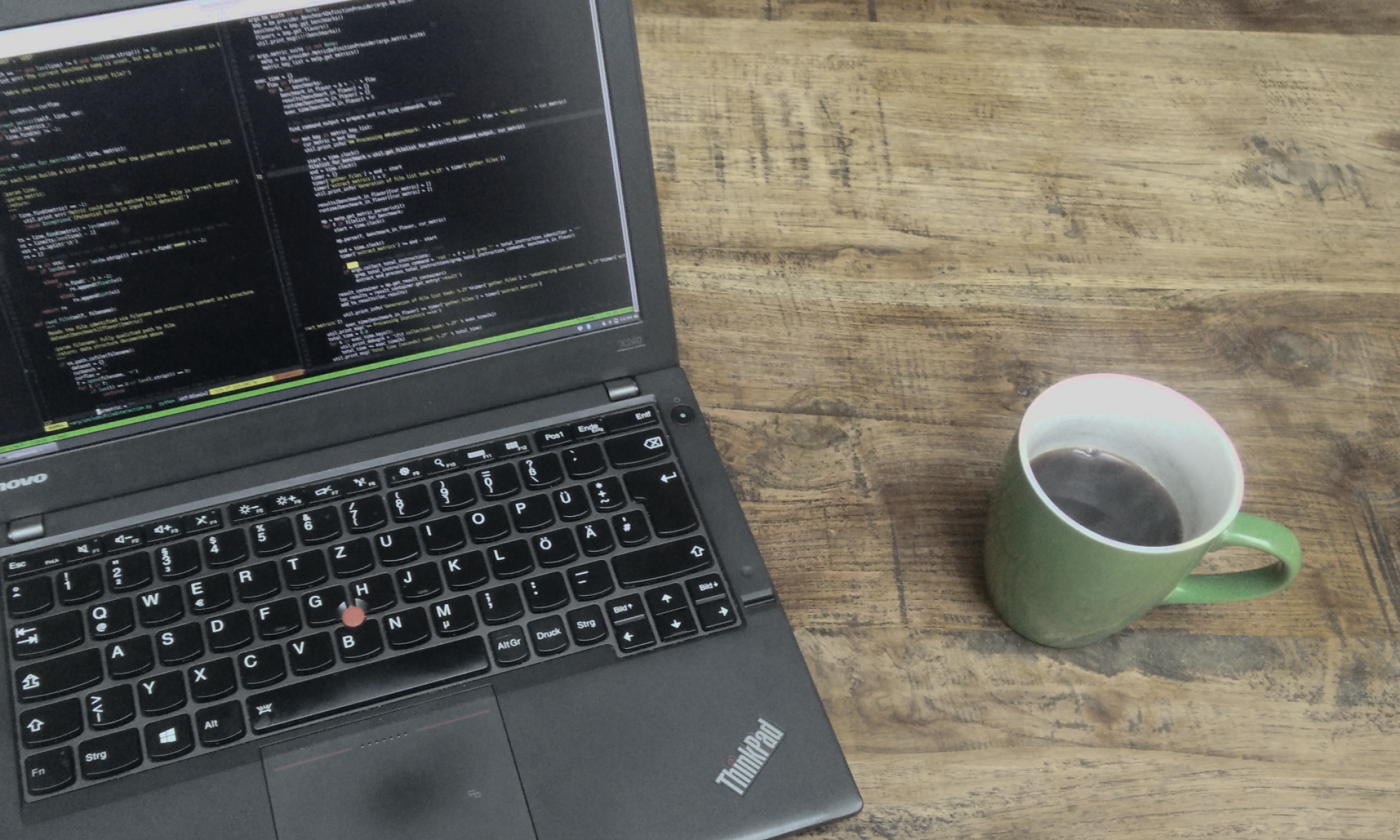After some history of the MetaCG project, let’s look a little more into technical things. First up is our branching model: What we use, and why we use it. As a general note, we use a private Gitlab instance for our development work, but have recently thought again about moving everything to GitHub. We have not finally decided what would be better for the project and how much work is needed to port our current CI to GitHub actions.
But, let’s get into the branching model for now.
Branching Model: Gitflow
We use the Gitflow branching model for the development of MetaCG. At least basically, and with a few “modifications”, compared to the original post linked here. There are some general considerations for our project: (1) It must be possible to develop multiple ideas and features for papers while working on student theses simultaneously, (2) we want to keep development private (general paranoia in academia for steeling ideas, no matter how relevant this actually is), (3) we want to maintain a public mirror so interested people can get access to our project, (4) the project should be traceable in its development to link software used for papers, and (5) connecting implementation with issues in our issue tracker to know of bugs and resolve limitations.
Given these considerations, it seemed to me that Gitflow is a good starting point. In Gitflow one maintains multiple branches for features, the development work, and the current version of the project. In our case, we maintain two main branches: devel and master and however-many feature branches we need. Our master branch is automatically mirrored from the private development instance to our public repository at github.com/tudasc/MetaCG. You can think of it as a release branch.
The other main branch is the devel branch. It is the branch to move the project forward and integrate features into. These features are developed on feature branches, that I’ll talk about a little in the next paragraphs. Let me just say that we do not develop hotfixes as part of our development model. We fix issues in devel and, if ‘critical’, push to master, i.e., release a new version. However, since our software is mainly focused on research, we do not see that any of our fixes are actually ‘critical’.
Finally, let’s talk about feature branches. Our feature branches are used for two things: feature development and theses projects. This differentiation may be the biggest difference in the intention of the use for feature branches in the Gitflow model. Yet, it is surely motivated from the academic setting that MetaCG is developed in.
Feature development: This is what one would expect from a feature branch. The feature is implemented while paying attention to software quality, usability and similar things. This means that the goal of a feature is to make the software more usable and more “a product”. This is different from theses projects.
Theses Projects: At universities, one of the important things is to allow students to work on projects for their Bachelor and Master degree. In my case, these projects are typically tied around MetaCG and/or PIRA. The thesis goal is then briefly explained in our issue tracker and a feature branch for this issue is created. Theses projects are typically not meant to be user friendly, but to demonstrate a particular idea and approach. One example could be the development of PIRA’s automatic load-imbalance detection for MPI applications. Once the theses is submitted and presented, these projects are, subsequently, treated like features, and shall be cleaned up and improved for usability before being re-integrated into the project. This is, however, no longer part of the thesis, but is usually done as a student research assistant.
All feature branches follow the same naming scheme: feat/<ISSUE-ID> so that it is easy for a project contributor to know what the newly introduced code is meant to do and address and the final merge request can clearly communicate what the code does.
Finally, and I’ll talk about that more in a later post, the preparation of new releases is also done on a feature branch / multiple feature branches. These feature branches, however, have a distinguishable name.
If you are curious about the decisions, think that there are better ways to do it, or would like to contribute, reach out to me! Potentially shoot me a message or tag me on twitter.
